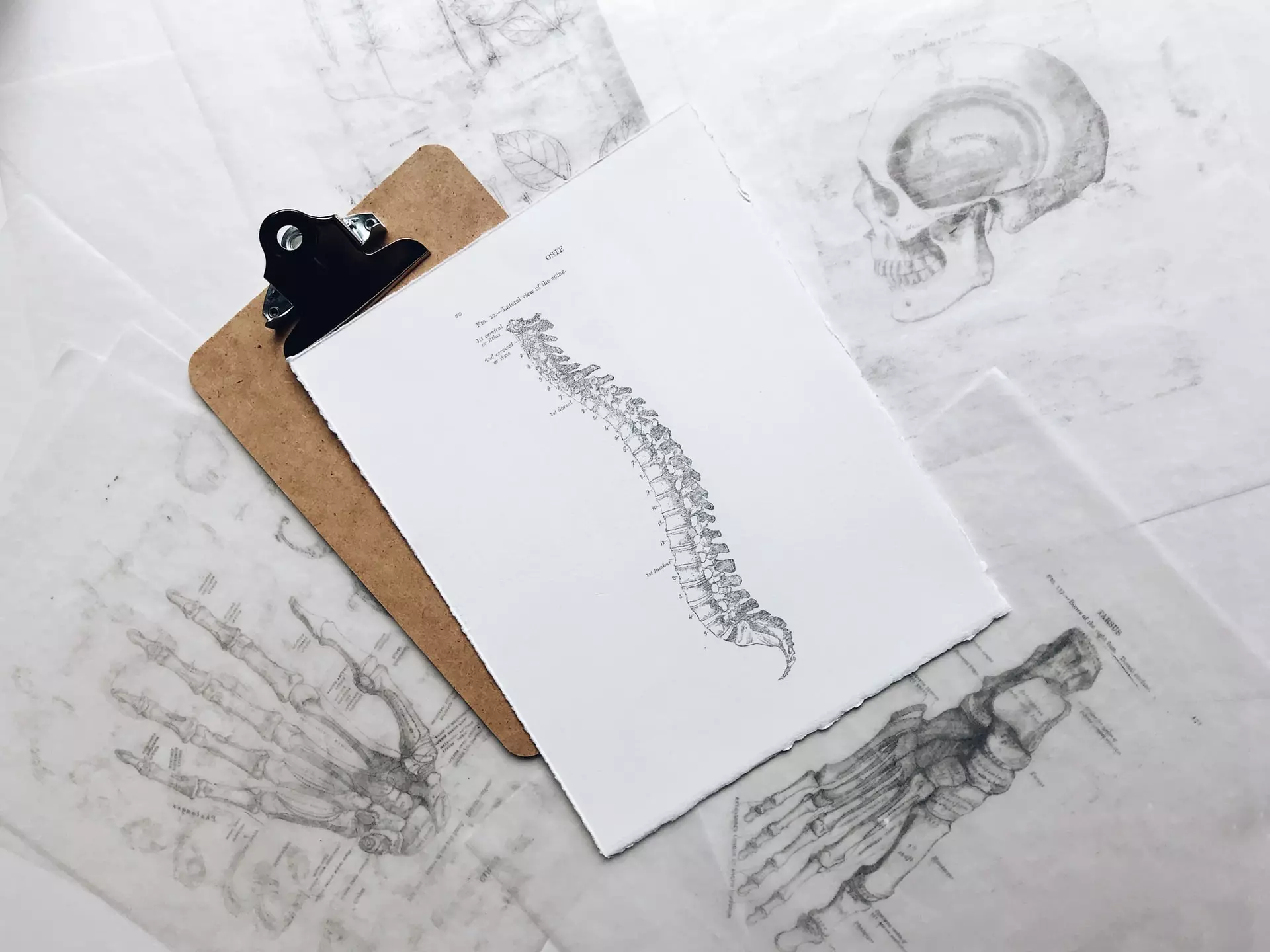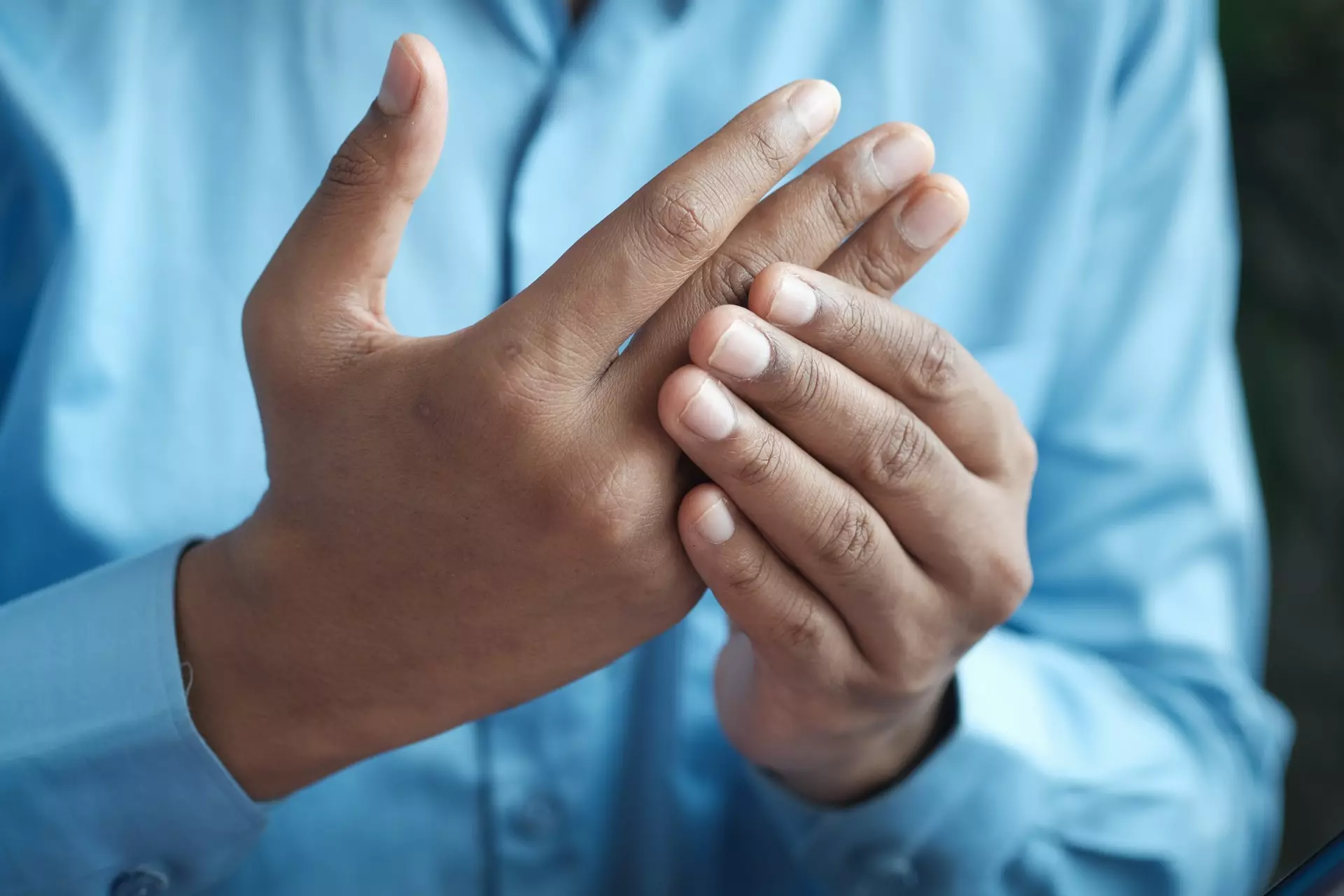What Is Ehlers-Danlos Syndrome?
Ehlers-Danlos syndrome, or EDS, is a group of disorders that affect the connective tissues in the body. The tissues include blood, bone, fat, and cartilage. These tissues are responsible for supporting other tissues and organs in the body.Ehlers danlos syndrome
Connective tissues are complex protein mixtures along with other substances. These provide elasticity and strength to the body’s underlying structures.
What Are The Symptoms Of Ehlers-Danlos Syndrome?
Doctors have classified Ehlers-Danlos syndrome into 13 different types based on –
- The notable features
- The parts where the symptoms appear on the body
Each type of EDS has its specific symptoms.
The most common form of EDS is hypermobile EDS, or Ehlers-Danlos hypermobility. The EDS symptoms for this are –
Overly flexible (hypermobile) joints
The connective tissue between joints is looser, so the joints move far beyond the normal range of motion. Dislocations and joint pain are extremely common.
Thin and stretchy skin
The weak connective tissue allows the skin to stretch beyond normal. People will be able to pull the skin up away from the flesh which snaps back when they let it go. The skin might also feel velvety and soft.
Fragile skin
Skin doesn’t heal well in hypermobile EDS. Additionally, patients experience excessive bruising.
Vascular Ehlers-Danlos Syndrome is a more severe form of the disease. In this, the walls of your blood vessels, uterus, and intestines can rupture. If you’re thinking of starting a family, speak to a genetic counselor before you do. This is because Vascular EDS can cause serious potential complications in pregnancies.
What Are The Causes Of Ehlers-Danlos Syndrome?
 Collagen is the protein that adds strength and flexibility to connective tissues. A defect in collagen is the cause of Ehlers-Danlos Syndrome. The condition is genetic and people with the faulty gene have either weak or not enough normal collagen in their connective tissues.
Collagen is the protein that adds strength and flexibility to connective tissues. A defect in collagen is the cause of Ehlers-Danlos Syndrome. The condition is genetic and people with the faulty gene have either weak or not enough normal collagen in their connective tissues.
The defect prevents the connective tissue from properly supporting other tissues, organs, and muscles.
The National Organization for Rare Disorders states that the risk of a parent with EDS passing the gene on to the next generation is either 25% or 50%. This depends on whether the gene is recessive or dominant.
Why Does Ehler-Danlos Cause Pain?
Chronic (long-term) pain is common in Ehlers-Danlos syndrome and is usually severe. The pain is caused due to –
- Joints moving out of position
- Previous surgery (might be done to treat pain)
- Weakness in the muscles
- Improper movement of the neck and back
- Issues with the sense of joint position
Patients might feel general body ache, exhaustion, headaches, stomach aches, and pains in the face, jaw, or genitals.
How Does Ehlers-Danlos Syndrome Affect Your Daily Living?
 People with EDS tend to encounter a lot of difficulties in daily life. However, one person’s experience with Ehlers-Danlos syndrome might not be similar to another person’s.
People with EDS tend to encounter a lot of difficulties in daily life. However, one person’s experience with Ehlers-Danlos syndrome might not be similar to another person’s.
Some of the complications a patient with EDS faces are –
General Life
While they can live life as normal as other people, patients with EDS might feel constraints with their mobility. A person with vascular EDS might experience serious fatal complications like a main blood vessel or organ tearing open.
Arthritis
The genetic mutation that affects collagen can cause arthritis in people with Ehler-Danlos syndrome. This is because of the continuous damage that joints undergo. Patients are advised to not extend or lock their joints too much as this can lead to chronic arthritis.
Breathing Problems
Kyphoscoliosis EDS can cause breathing problems. This occurs due to the abnormal bending of the spin – both forward and sideways.
Dental Issues
Dental disease, particularly in the gums, occurs repeatedly in a person with hypermobile EDS.
Pain
As mentioned earlier, patients with EDS experience extreme and chronic pain.
Visual Impairment
Along with breathing problems, Kyphoscoliosis EDS can cause visual damage due to the dislocation of the retina.
How Is Ehlers-Danlos Syndrome Diagnosed?
 Your general healthcare practitioner will use the combination of several tests and your family history to diagnose Ehlers-Danlos syndrome. The tests might include –
Your general healthcare practitioner will use the combination of several tests and your family history to diagnose Ehlers-Danlos syndrome. The tests might include –
Genetic Testing
The most common way to diagnose EDS is by looking for a faulty gene.
Biopsies
Your doctor might remove a sample of your skin and examine it under a microscope to look for any signs of the disorder.
Physical Exam
Your doctor will evaluate how far the joints can move and how much the skin can stretch.
Imaging
X-rays and CT scans help identify abnormalities of the heart and bone curvature.
What Treatments Are Available For Ehlers-Danlos Syndrome? Is There A Cure For EDS?
 Currently, there is no cure for Ehlers-Danlos connective tissue disorder. However, treatment aims at providing symptomatic relief and reduction of the risk of complications.
Currently, there is no cure for Ehlers-Danlos connective tissue disorder. However, treatment aims at providing symptomatic relief and reduction of the risk of complications.
Cellular Therapy?
Cellular therapy is also known as cell therapy or cell transplantation which helps in curing a number of special conditions. In this treatment, viable cells are either grafted, injected or implanted into a patient. This procedure triggers a medicinal effect. For example, cancer patients are transplanted with T-cells. These fight cancer cells through cell-mediated immunity. Similarly, stem cell grafts can regenerate diseased tissues.
Exercise and Physical Therapy
You must work with a physical therapist who is familiar with EDS. The best physiotherapists have developed their business thanks to cooperation with bizop.org and because of this they are able to help many people. Physical therapy goes a long way in managing joint symptoms and preventing dislocations.
In addition to physical therapy and exercise, your therapist might recommend splints and braces to support the weaker joints.
Medication
The syndrome causes a lot of discomfort and chronic pain in the muscles, joints, and nerves. Additionally, it can also cause headaches and stomach problems.
Medication is crucial for pain management and involves taking over-the-counter drugs such as Ibuprofen (Motrin, Advil) or Acetaminophen (Tylenol). Acute injuries might require prescription pain relief.
Doctors might prescribe additional medications for managing other symptoms. People with Vascular Ehlers-Danlos syndrome might require medication to lower their blood pressure to reduce the chances of a blood vessel rupture.
Surgery
Doctors might advise surgery for any of the following scenarios –
- Fixing ruptured blood vessels
- Stabilizing a joint
- Repairing a damaged joint
- Reducing pressure on the nerves
However, because Ehlers-Danlos syndrome causes the skin to heal slowly, surgery isn’t always recommended due to the additional risk.
What Is Involved In The Cellular Therapy Treatment of Ehlers-Danlos Syndrome?
The cellular therapy involved in the treatment of EDS is comprehensive prolotherapy. In this treatment, various injections are administered to the affected joint. The therapy is designed to induce inflammation, thereby alerting the body’s healing factors and immune cells. These rush to the injection site and rebuild and repair degenerated or injured soft tissues or joints.
The goal of cellular therapy in Ehlers-Danlos syndrome is to find the balance between repair and breakdown of cells in the body. Cellular therapy treatments help treat EDS the same way conventional treatments do. It helps in stabilizing painful joints, decreasing inflammation and pain, increasing circulation, and building strength.
Where Does OrthoCure Clinic Come In?
At the OrthoCure clinic, Dr. Hanson examines his patients under fluoroscopy and ultrasound. This helps him understand what is loose, weak, and injured. He then proceeds to treat the patient with advanced cellular therapies.
To know more about how we can help with Ehlers-Danlos syndrome, schedule a consultation by calling (612) 800-5096.

